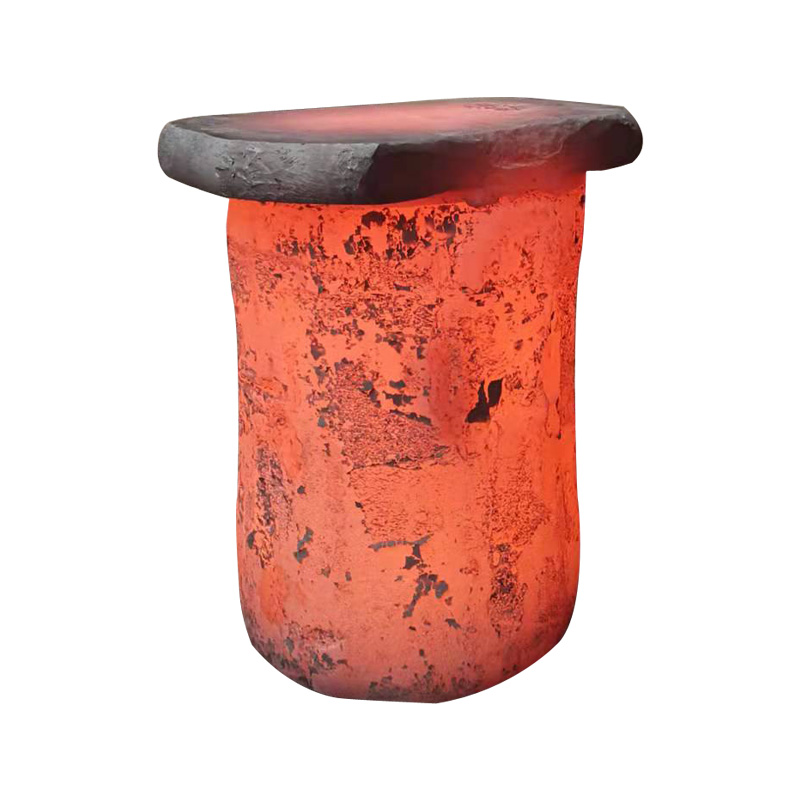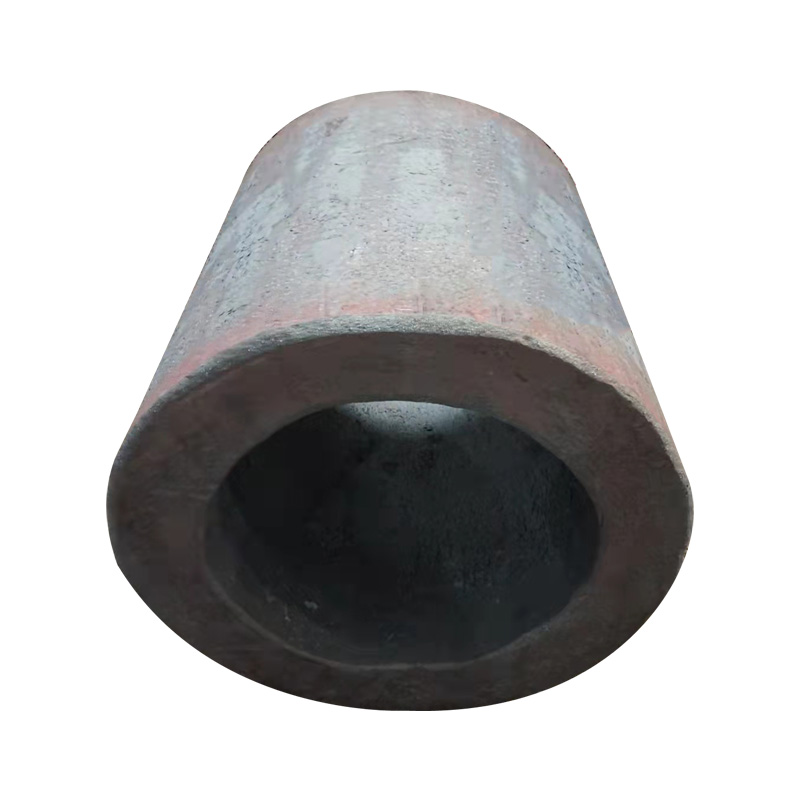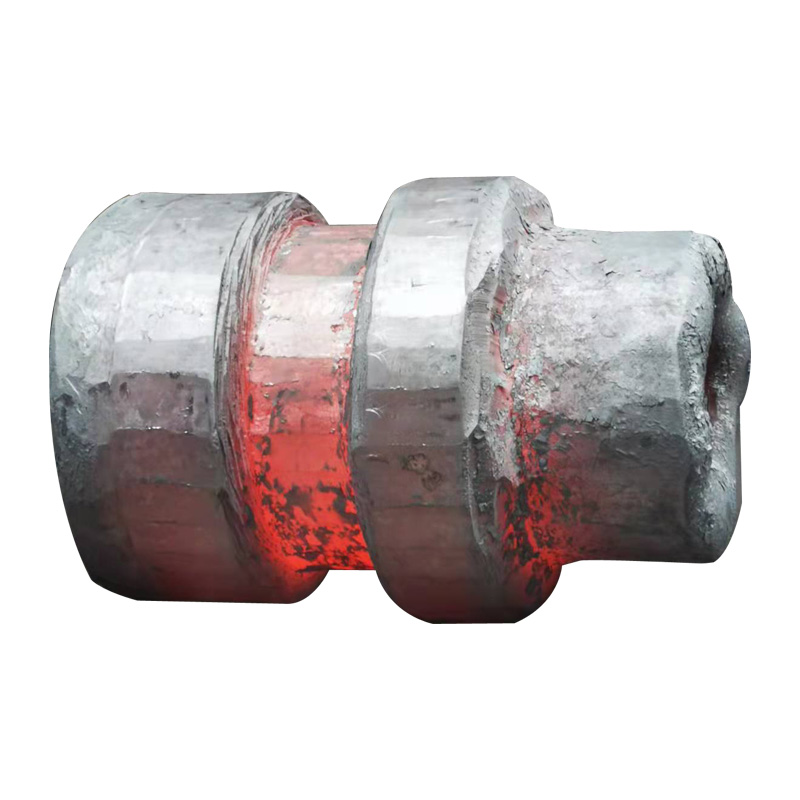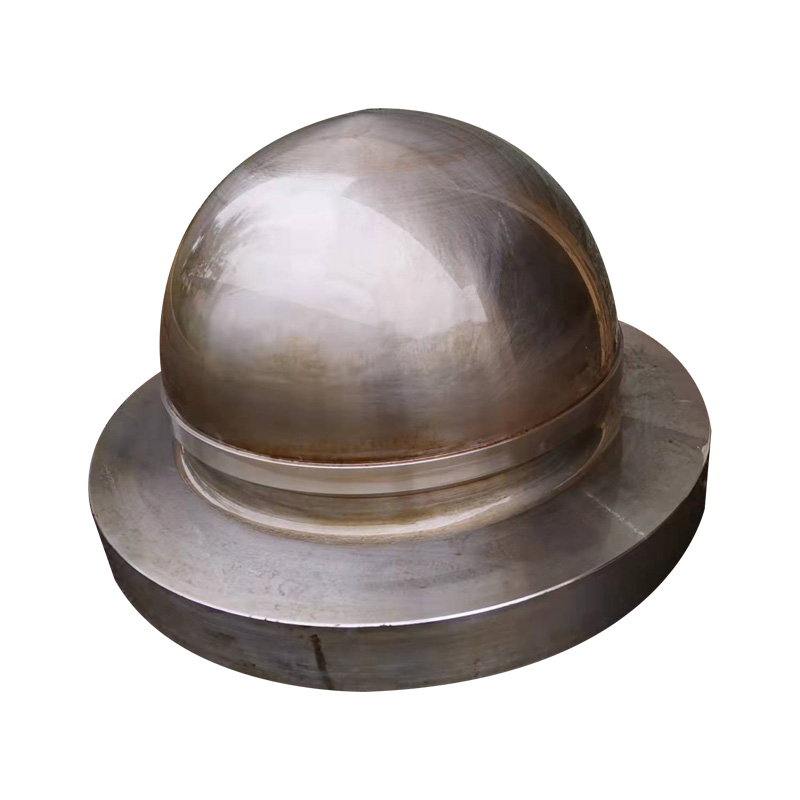The requirement of free forging on the structural technability of forging parts
2022-06-06
The forging process generally consists of four main processes, which are selecting high quality billets for blanking, heating, forming and cooling after forging. Then there are three methods of forging parts: free forging, die forging and tire film forging. However, because of the different forging methods, the requirements of forging parts are different. The following small series mainly take you to understand the structural requirements of free forging forging parts.
Before we understand the structural process requirements of free forging parts, we should first understand the characteristics of free forging parts. The general free forging process mainly produces blank with simple shape, low precision and high surface roughness. This is the primary consideration when designing forgings.
At the same time, the free forging process of forging parts should consider how to facilitate forging and how to improve production efficiency on the premise of ensuring good performance of parts.
Before we understand the structural process requirements of free forging parts, we should first understand the characteristics of free forging parts. The general free forging process mainly produces blank with simple shape, low precision and high surface roughness. This is the primary consideration when designing forgings.
At the same time, the free forging process of forging parts should consider how to facilitate forging and how to improve production efficiency on the premise of ensuring good performance of parts.
Therefore, the structural process requirements of free forgings for forgings are mainly reflected in four aspects, which are: forgings should avoid tapered and wedge surface; Complex structures such as reinforced ribs and I-section should be avoided; Should strive to simplify the interface of two spherical surfaces; Should avoid the appearance of complex shape of the boss and forked parts of the inner boss.




X
We use cookies to offer you a better browsing experience, analyze site traffic and personalize content. By using this site, you agree to our use of cookies.
Privacy Policy



